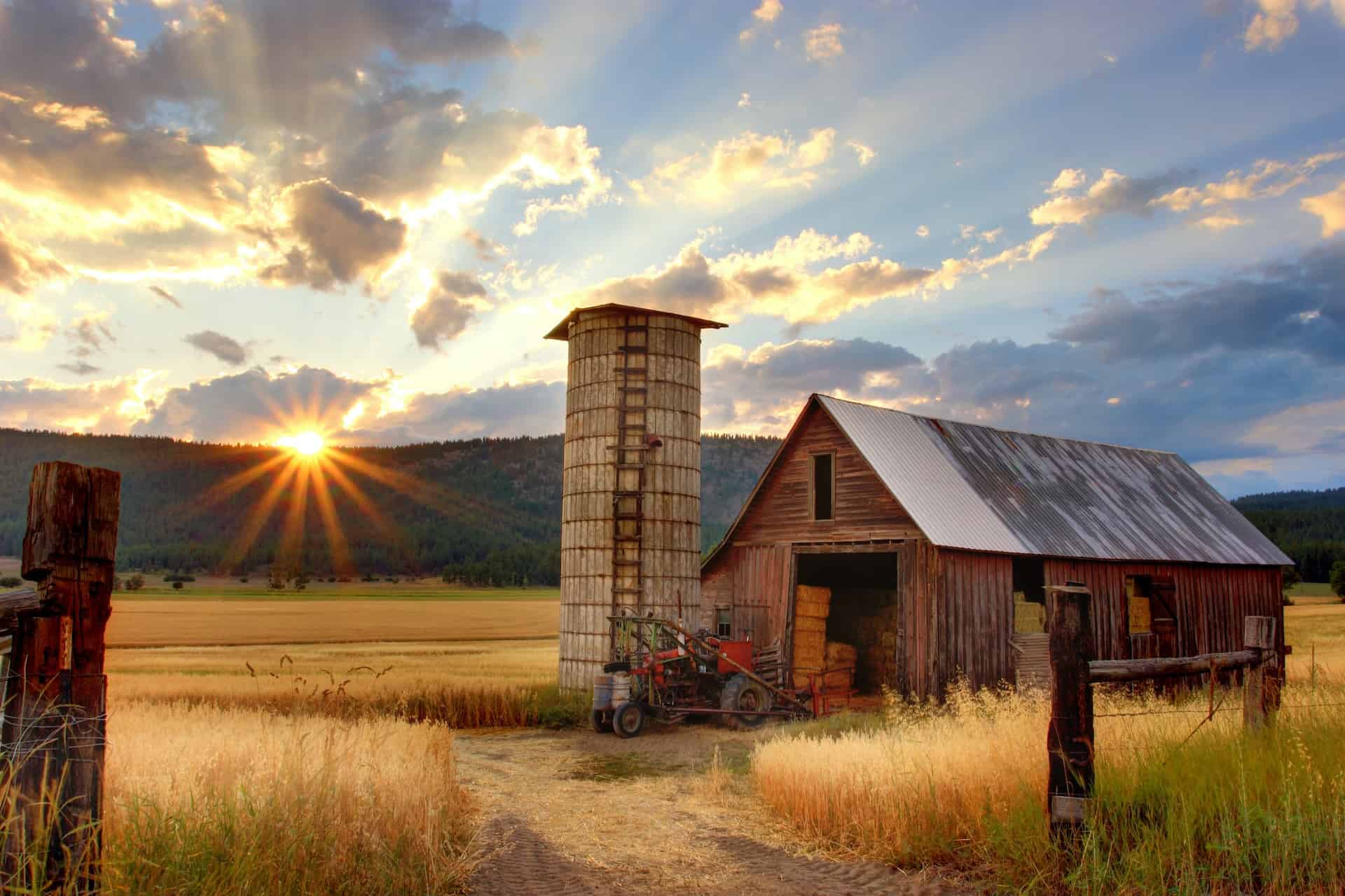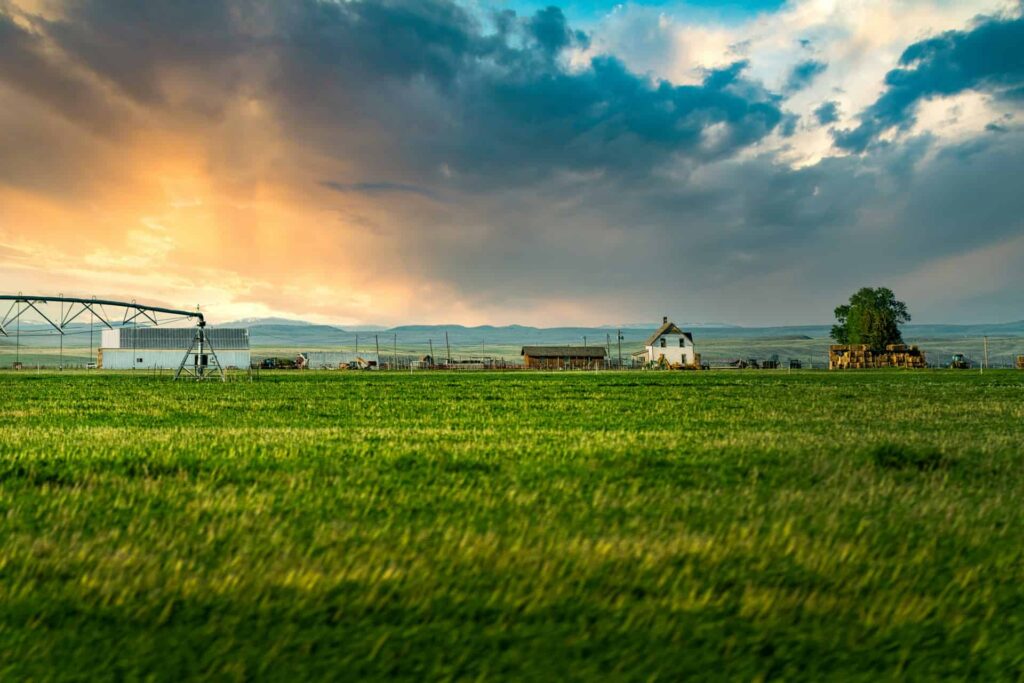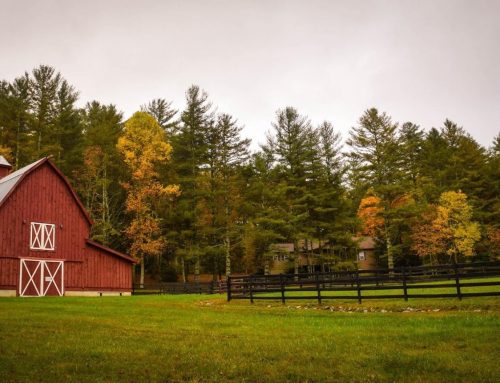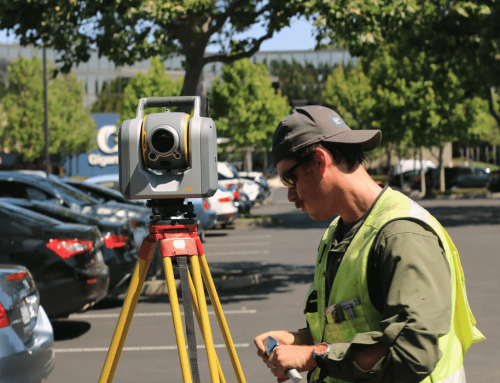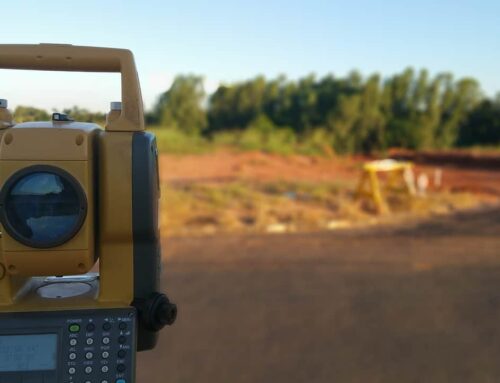Navigating the intricacies of rural zoning is a crucial step for anyone looking to develop land outside of urban areas. These zoning laws serve to manage land use in a way that supports agriculture, conserves natural resources, and maintains the rural character of the landscape. As you plan your project, understanding these rules is essential, as they dictate the permissible scope of development, ensuring a balance between growth and the preservation of the rural environment.
For those aiming to build on rural land, it’s not just about erecting a structure; it’s about integrating your vision with the existing legal and environmental framework. Zoning regulations in rural areas can determine the types of buildings allowed, set standards for agricultural practices, and protect natural features. Keep reading to arm yourself with the insights you need about rural zoning to make informed decisions that align with both your development goals and the stewardship of rural lands.
Understanding Zoning Classifications for Rural Land
When embarking on building in rural areas, it’s imperative to comprehend the zoning classifications that apply to your parcel of land. Zoning dictates not only the types of structures you can erect but also the activities permitted on the land. In rural zones, this might include different classifications like residential, agricultural, or even special use zones that might cater to wind farms or recreational areas. Before purchasing land or beginning construction, consult the local zoning maps and ordinances. These documents can provide a wealth of information and can often be found online or at your local county clerk’s office. Knowing your zone is the first step in aligning your building aspirations with the legal requirements and community standards of your rural locale.
Related Link: How To Easily Get A Property Line Survey
Water and Land Considerations in Rural Development
Rural development often brings with it a unique set of challenges related to water and land conservation. Issues such as soil erosion control, watershed management, and habitat preservation are pivotal and are typically addressed in the zoning regulations. It’s not uncommon for rural zoning laws to impose strict requirements for managing rainwater runoff and protecting local flora and fauna. These regulations can greatly influence where and what you can build. For instance, if your property includes wetlands or is within a protected habitat, you may face restrictions that can complicate your building plans. It’s important to conduct thorough due diligence and potentially engage environmental experts to assess these factors before finalizing your building plans.
Utility Access in Rural Areas
Utility access is a significant consideration in rural building projects. While urban builders often take for granted immediate access to utilities, rural landowners might need to extend services to their property, which can be a costly affair. Power line installation, well drilling, and septic system construction are common necessities for rural living. Additionally, heating options may vary; where natural gas isn’t available, you may have to consider alternatives like propane, electric, or even wood-fired systems. Don’t overlook the importance of telecommunications either—while the digital divide is narrowing, ensuring access to reliable phone and internet services can be more challenging in remote areas. When planning your build, a detailed utility plan is as crucial as the architectural design.
Agricultural Zoning and Farm-Friendly Practices
Agricultural zoning, commonly referred to as “Ag Zoning,” is prevalent in rural areas to protect and promote farming activities. If you’re planning to build on agriculturally zoned land, it’s important to understand that these areas are designated to preserve the rural and agricultural character and to limit urban sprawl. This means there may be restrictions on non-farming structures or a requirement to maintain a certain percentage of the land for agricultural use. Ag Zoning can also influence building density, setback requirements, and sometimes even the types of crops or livestock you can raise. Familiarizing yourself with Ag Zoning regulations will ensure that your building project supports and enhances the agricultural nature of the area.
Related Link: What Is the Purpose of Zoning?
Rural Community Involvement and Resources
Building in a rural area isn’t a solo venture—it often involves engaging with the surrounding community and tapping into available resources. Many rural communities have local planning departments and organizations dedicated to supporting rural development while maintaining the area’s character and resources. Some companies offer financial services and loans to rural homebuyers and farmers. Taking advantage of these resources can provide guidance and support throughout the building process. In addition, consider reaching out to local builders and suppliers who understand the regional challenges and can help mitigate costs and navigate local regulations. Building in a rural area requires a community-centric approach, leveraging local expertise, and contributing to the community’s well being.
Planning to build on rural land? Grasp the nuances of rural zoning with Millman Land’s expertise. Contact us for guidance that assures your project adheres to the letter of the law and the spirit of the countryside.
Partnering with Millman National Land Services for Rural Zoning and Building
To streamline the process of navigating rural zoning complexities and ensure compliance with land development regulations, partnering with a knowledgeable and experienced land services provider is invaluable. Millman National Land Services stands out as a nationwide leader, offering comprehensive land surveying and zoning services. They deliver full-scale support for both commercial and individual land development projects across the United States. With a commitment to precision and scalability, Millman National Land Services provides a suite of essential services including ALTA Land Surveys, Zoning Compliance Reports, and Environmental Site Assessments. Whether you’re rolling out 5G technology with telecommunication surveys or conducting high-volume multi-site transactions, their in-house team of experts and dedicated project coordinators guarantee efficiency and adherence to ALTA standards and local guidelines. When embarking on your rural land development journey, a consultation with Millman National Land Services can provide the professional guidance and services needed to navigate the zoning landscape successfully.
Transforming rural landscapes requires a seasoned navigator. With Millman National Land Services, master the rural zoning rules that govern your land development plans. Reach out for a partnership that plots a clear course for your rural venture.
Understanding Rural Zoning
As we’ve navigated through the various facets of rural zoning, it becomes clear that building in the countryside is a journey that requires a map of regulations, an understanding of the terrain, and a community of guides and fellow travelers. Whether it’s deciphering the complexities of zoning classifications, accounting for water and land conservation, ensuring utility access, abiding by agricultural zoning, or integrating into the rural community, each aspect holds its weight in the successful realization of a rural building project. Armed with this knowledge, you can pave a way forward that is both respectful of the rural environment and conducive to your vision. Remember, while the open land might invite you to paint your dreams on its canvas, the fine details of rural zoning are the brushes with which you must paint.
Related Link: What You Need To Know About Zoning Codes

